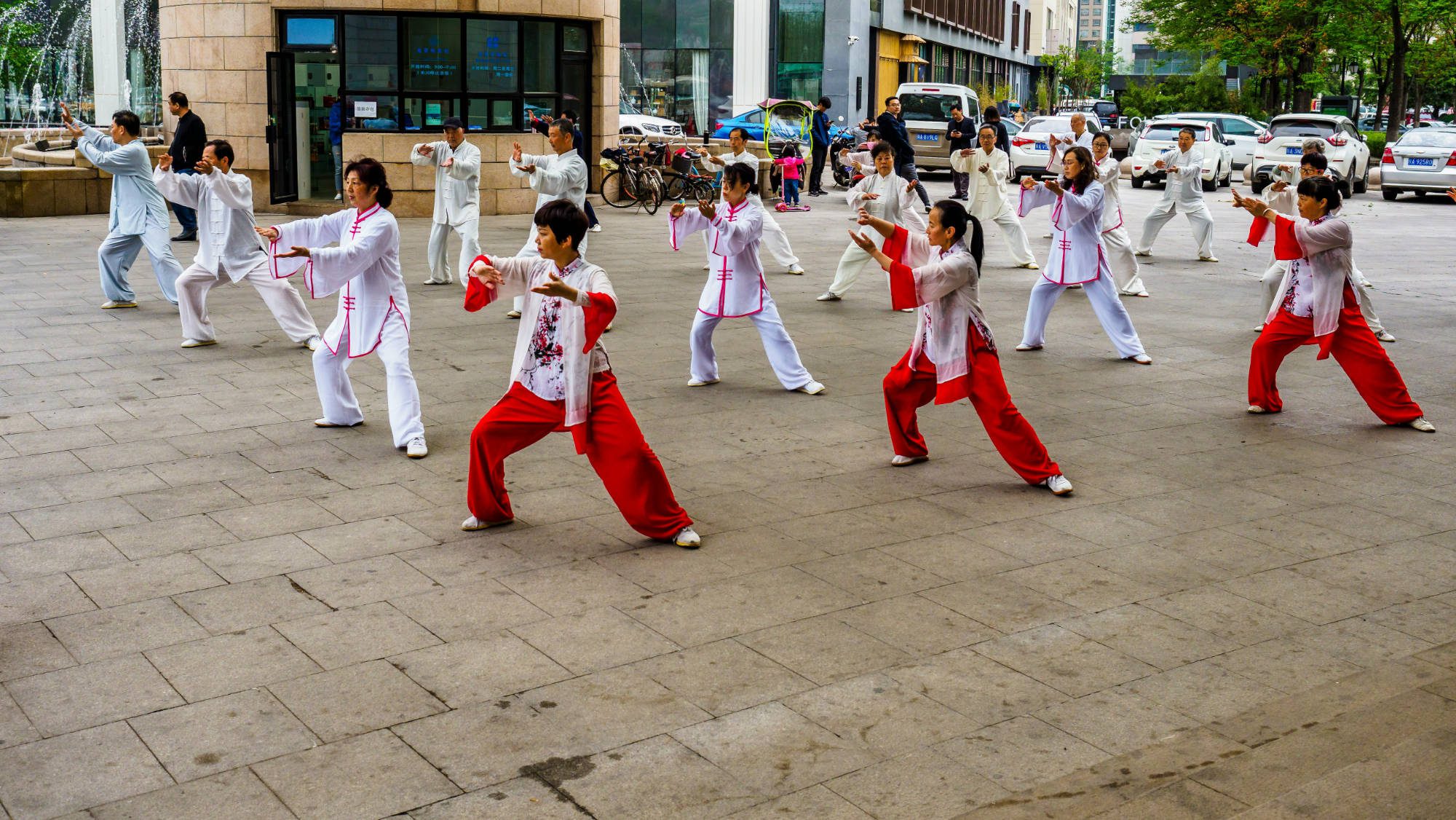First, a provocative question for you…
In the last month, what percentage of your free time did you spend doing things that are “important” or “meaningful” to you—things that matter?
If you are like most people, your answer is WELL under 50%. To increase that percentage, please accept this free download that has helped me and so many clients dramatically increase that percentage:
Design Your Ultimate Weekly Schedule Worksheet
Like most people, you probably want the opposite of what is going on. You want your life, energy and attention to flow primarily towards what you deem important.
The mechanics of wasting time
Here’s what happens instead: our priorities, in practice, are determined by events that come flying at us from all angles. We’re bombarded by stimuli and starved of perspective, frenetically trying to field everything that comes our way. This is exhausting, stressful and frustrating. Drained, we collapse into the arms of daddy Netflix, who is all too happy to spend our free time for us.
If you are interested in having your priorities determine your schedule, and not the other way around, use our worksheet. We explain what it is and how to use it below.
Design Your Ultimate Weekly Schedule Worksheet
Clinic founder Jeremy and I created it after reading the Greg McKeown’s Essentialism (an absolute must-read). The worksheet has helped us dramatically:
- conserve our precious daily energy,
- diminish stress and existential angst,
- step up productivity.
We love it so much that we have been giving it to our clients at holistic health consultations, where discussion often gravitates towards the topics of managing stress, time, and emotions. Our clients find that it is an excellent, and elucidating way to approach time management.
How to use the Design Your Schedule Worksheet
What is this tool, exactly? It’s a very simple weekly schedule template, an Excel file, that you use as your “sandbox” for designing the way you would ideally allocate your precious time. In short, you build in the things that matter first, so that everything else—all the little things—have to fit around your “big rocks” as Steven Covey called them. It keeps the things that matter at top of mind throughout the day.
Here’s how to use the worksheet:
- Open the worksheet in Excel after downloading.
- Notice two tabs at the bottom. Go to the “Generic sample” tab to view a sample schedule. This will give you an idea of how you can play with the template).
- Now go to the second tab, called “Create your own”.
- First block in your obligations (what you’d call your “non-free time”). Things like work, commute, mealtimes. Dedicate a different color to each category of activity.
- Then block in when you (ideally) wake up in the morning and go to bed in the evening.
- The blocks of time remaining is yours to play with. We have categories of activities associated with colors in the top left to inspire you, but feel free to create your own.
- Once you have a what seems to be a workable schedule, print it out, keep it on your phone and refer to it throughout the day. We encourage you to post it somewhere visible at both home and work.
- Re-work the template as often as needed. Commitments and priorities change, and therefore so should you routine.
The result is a crystal-clear birds-eye view of your week, a visual of how you would like to allocate your free-time in light of your current constraints/obligations. I also elaborate on how to use the worksheet in this video on our FB page:
Common responses from our clients
Before getting to the benefits of this tool and blocking in your free time, let’s look at the sobering realizations most people make when first completing this exercise:
- “UGH. I have even less free time than I thought.” OR “Wow, I actually have some substantial chunks of time in which I could make some serious headway on X, Y or Z.”
- “I wish I had MORE free time.”
- “I have TOO many things that I want to do with my free time, I’m having trouble fitting it all in.”
- “This is irritating. I prefer to be spontaneous and follow my mood in the moment than pre-determine how I’ll be spending my time.”
- “It’s a lot of work to plan ahead like this.”
Below I’ll briefly respond to each of these sobering realizations. I also discussed them here in on our Facebook live video:
“UGH. I have even less free time than I thought.” OR “Wow, I actually have some substantial chunks of time in which I could make some serious headway on X, Y or Z.”
Whether you feel like you have very little free time or substantial amounts, it’s important to recognize and gauge the “free time asset” in your possession. That way you can spend it wisely and intentionally, the way you truly want to spend it—whether it’s for proper rest and recuperation, learning a new language, calling your mom or working on a passion project.
“I wish I had MORE free time.”
Bravo! The first step to making more free time is desiring more free time. Now you know to ask yourself this question: would it be possible to create more free time? Are any of the “obligations” that you blocked in at Step 4 actually flexible? Able to be scaled back in any way? Dropped entirely? And if it’s not possible to scale back on your obligations now, would it be possible to do so in the future?
“I have TOO many things that I want to do with my free time, I’m having trouble fitting it all in.”
Here’s where you have to confront the fact that you have to be super choosy when determining your priorities (ie, how you want to spend your free time). As Essentialism author Greg McKeown reminds us:
“The word ‘priority’ came into the English language in the 1400s. It was singular. It meant the very first or prior thing. It stayed singular for the next five hundred years.”
In other words, the notion that we can successfully act upon numerous priorities is unrealistic and contrary to the very concept of a ‘priority’.
For an engaging pep talk on how to “be choosy” with your priorities, check out Greg’s book! Strapped for time? I’ll be video reviewing his book Essentialism on our Facebook page soon—like our FB page to be notified of the review.
“This is irritating. I prefer to be spontaneous and follow my mood in the moment than pre-determine how I’ll be spending my time.” OR “It’s a lot of work to plan ahead like this.”
If you’re anything like me, planning ahead is a form of first-world torture. Despite my natural resistance to doing so, I found that it is absolutely worth the effort to pre-plan your weekly routine, even if you know you won’t fully comply with your predetermined schedule.
First, it is the best way to ensure that the “important” stuff in your life is enshrined into your schedule.
Second, by front-loading the work of deciding how you’ll spend your time, you save HUGE amounts of energy. It affords you the luxury of going on autopilot, eliminating the need to make multiple daily micro-decisions about how best to allocate your time. That kind of decision-making is a monster mental energy suck. Save that mental energy for executing tasks and creative thinking.
Alright, that’s enough to get you started and working with our Design Your Weekly Routine worksheet.
Design Your Ultimate Weekly Schedule Worksheet
If you have any questions or feedback about the process, post them in the comment section below. And if you happen to know of any similar “schedule builder” apps, we’d LOVE to hear about them.
Happy schedule designing—let us know how it goes. =)







